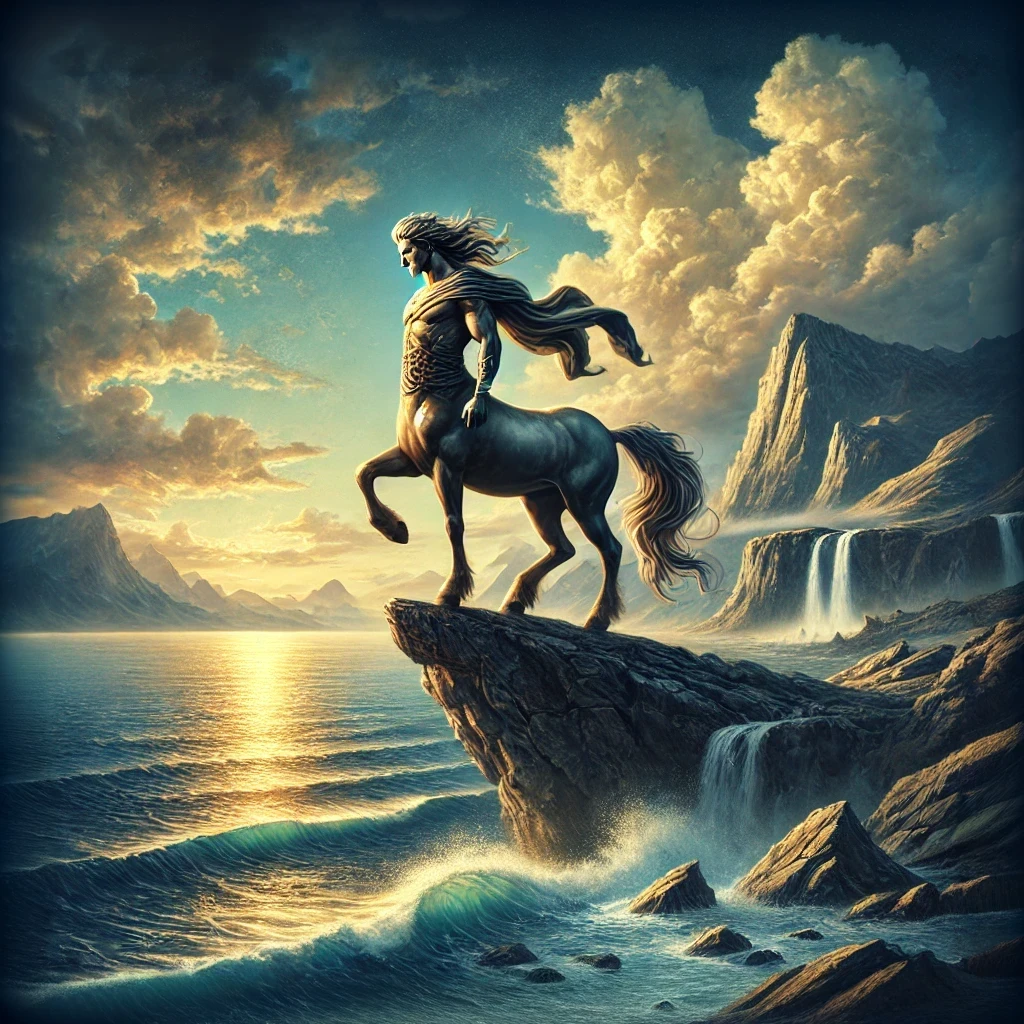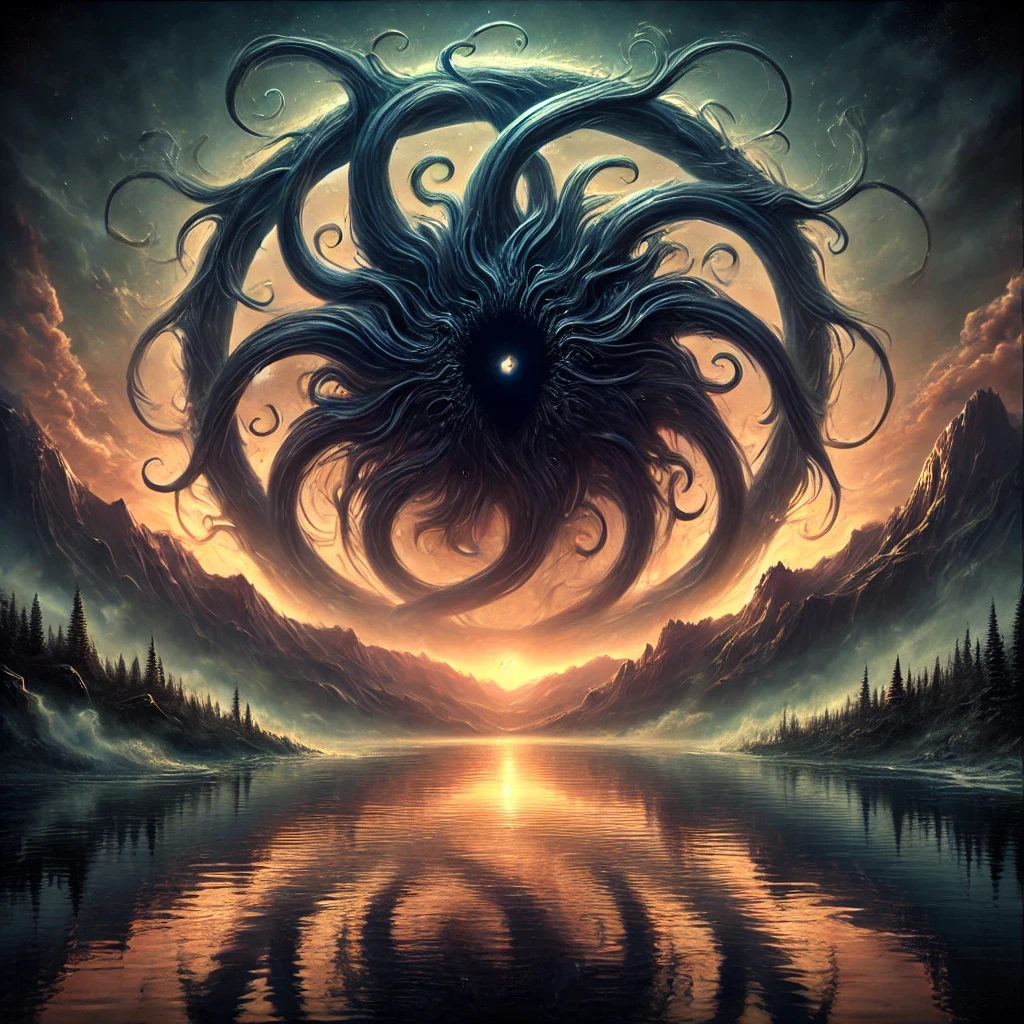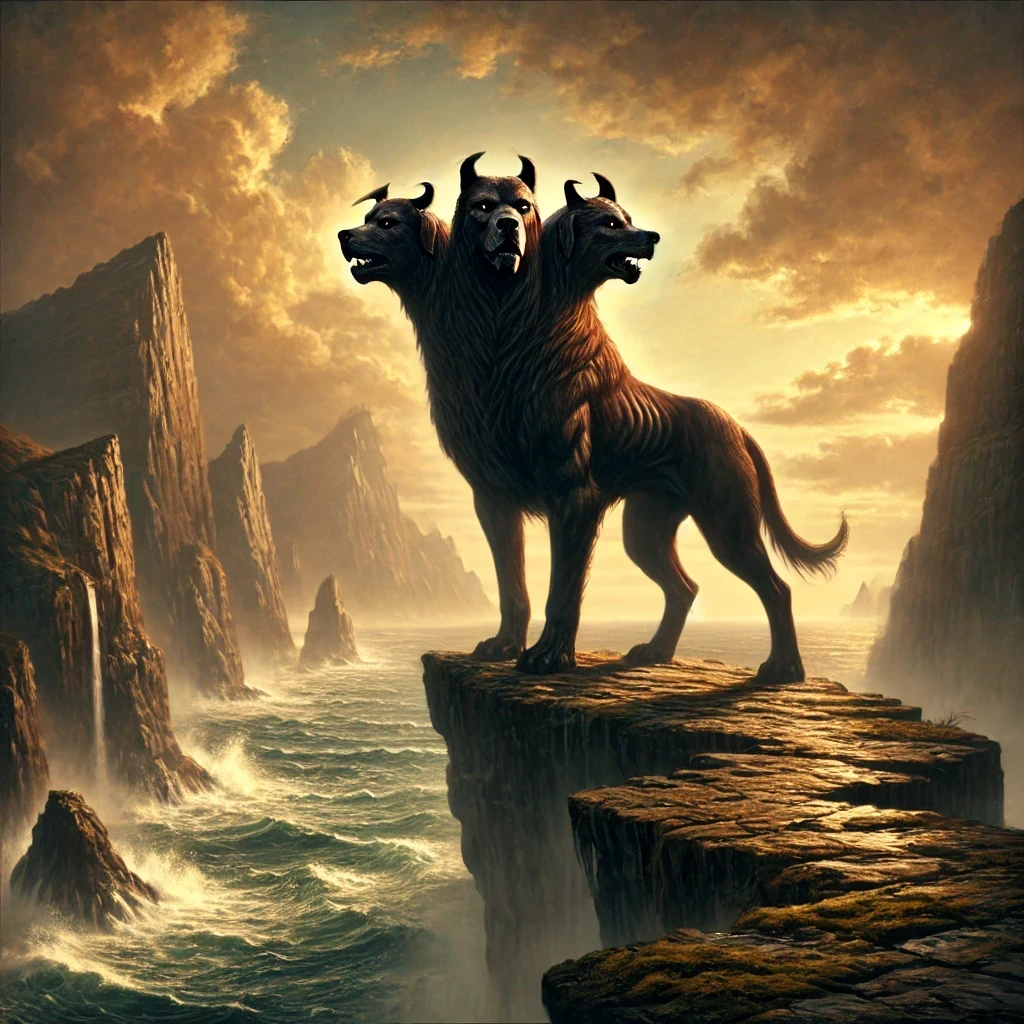Centaurs, one of the most iconic creatures in Greek mythology, are known for their half-human, half-horse form. These mythical beings have captivated the imagination for centuries, appearing in countless stories, art, and cultural traditions. Combining human intellect with equine strength and speed, centaurs symbolize the duality of civilization and untamed nature.
Historical & Cultural Background
Centaurs originate from ancient Greek mythology, with their stories tracing back to early literary works such as Homer’s Iliad and Hesiod’s Theogony. They were said to inhabit the mountainous regions of Thessaly, particularly Mount Pelion, and were closely associated with the Lapith people.
Origins and Early Depictions
The earliest depictions of centaurs date to the Geometric period of Greek art, around the 9th century BCE. They were often portrayed as wild and unruly, reflecting their dual nature of human intelligence and animalistic instincts.
Cultural Evolution
Over time, centaurs evolved from purely savage creatures to more nuanced beings. Some, like Chiron, were depicted as wise and benevolent, in contrast to the rowdy behavior of others like the followers of Silenus. This dual portrayal highlights the complexity of human nature and the struggle between civility and base instincts.
Myths & Legends
Centaurs feature prominently in Greek mythology, with their stories showcasing their wild and noble sides.
The Battle of the Lapiths and Centaurs
One of the most famous myths involving centaurs is the Centauromachy, the battle between the Lapiths and the centaurs during the wedding of Pirithous and Hippodamia. The centaurs, overcome by their base desires, attempted to abduct the bride and other women, leading to a violent conflict. This myth symbolizes the clash between order and chaos.
Chiron the Wise
In stark contrast to his kin, Chiron was a wise and kind centaur known for his knowledge of medicine, music, and archery. He mentored several Greek heroes, including Achilles, Asclepius, and Hercules. His story is one of redemption and the potential for wisdom to overcome baser instincts.
Symbolism & Meaning
Centaurs hold a rich array of symbolic meanings across cultures, primarily rooted in their dual nature.
Duality of Human Nature
Centaurs embody the conflict between civilization and untamed wilderness. Their human upper body symbolizes intellect and culture, while their horse lower body represents primal instincts and physical strength.
Moral Lessons
In myths, centaurs often serve as cautionary tales about the dangers of succumbing to excess, particularly lust and violence. However, figures like Chiron demonstrate the potential for balance and enlightenment.
Associated Environments
Centaurs are typically associated with mountainous and forested regions. Their mythical homes, such as Mount Pelion, are depicted as wild and untamed, aligning with their nature.
Role in Ecosystems
In myth, centaurs are both protectors and threats to their environments. They were known to guard sacred places yet could also disrupt human settlements with their wild behavior.
Powers & Abilities
Centaurs possess a unique blend of human and equine traits, making them formidable beings in mythology.
Physical Abilities
With the speed and strength of a horse, centaurs are unmatched in physical prowess. Their stamina and agility make them excellent warriors and hunters.
Intellectual Traits
Some centaurs, like Chiron, exhibit exceptional intelligence, excelling in medicine, philosophy, and arts. This intellectual side contrasts sharply with their animalistic tendencies, adding depth to their character.
Interactions with Humans & Cultural Impact
Centaurs have had a lasting impact on human culture, appearing in art, literature, and modern media.
Ancient Depictions
In ancient Greece, centaurs were commonly depicted in pottery, sculpture, and mosaics. They served as metaphors for the duality of human nature and the struggle to maintain balance.
Modern Pop Culture
Today, centaurs are popular in fantasy literature and media, appearing in works like C.S. Lewis’ The Chronicles of Narnia and J.K. Rowling’s Harry Potter series. These portrayals often emphasize their wisdom and strength, blending traditional and modern interpretations.
Connections to Other Creatures
Centaurs share similarities and rivalries with various mythical beings.
Satyrs and Fauns
Like centaurs, satyrs and fauns embody a connection to nature. However, they are more mischievous and less aggressive, focusing on revelry rather than combat.
Pegasus
Pegasus, the winged horse, shares the equine aspect of centaurs but represents purity and divine inspiration, contrasting with the centaurs’ chaotic nature.
Interesting Facts & Curiosities
- The term “centaur” is derived from the Greek word kentauros, meaning “piercing bull” or “killer of bulls.”
- Centaurs are believed to have inspired medieval depictions of knights on horseback.
- Chiron’s constellation, Sagittarius, is one of the twelve zodiac signs.
- In Roman mythology, centaurs were often associated with Bacchus, the god of wine.
- Some myths suggest centaurs were the result of Ixion’s union with a cloud shaped like Hera.
- The myth of the Centauromachy is depicted on the Parthenon’s frieze in Athens.
- Centaurs are sometimes depicted in non-Greek cultures, such as Indian and Mesopotamian mythology.
- Renaissance art often portrayed centaurs as allegories for human vice.
- Modern psychology references centaurs to discuss the balance of reason and emotion.



